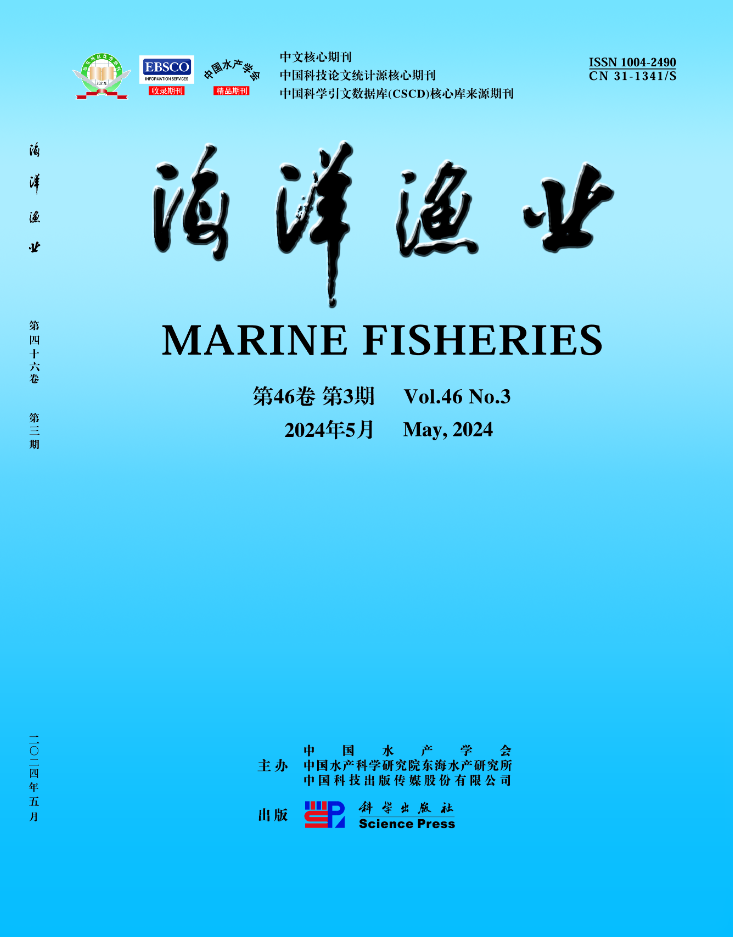引用次数: 0
摘要
在Palabuhanratu的Cimandiri河中利用玻璃鳗鱼(鳗鱼种子)对支持鳗鱼养殖产业的供应链具有非常重要的作用。本研究的目的是估计玻璃鳗鱼捕获量,描述玻璃鳗鱼供应链系统,并衡量鳗鱼养殖供应链的绩效。研究方法采用定量方法,通过直接观察和访谈,以及供应链参与者的案例研究。结果显示,2019年玻璃鳗鱼的最高捕获量是在6月份,平均为14859克(14.9公斤)。玻璃鳗的最高捕获量出现在旱季(6 - 8月),总捕获量为21,884克(21.8公斤)。玻璃鳗供应链机制由产品流上的供应链流模式、各环节良好透明的信息流、现金支付和信用支付两种支付体系的分布构成。鳗鱼养殖行业供应链绩效绩效值为82.63,表明公司供应链绩效实现情况良好,特别是交付过程绩效指标有待改进,绩效值为2.70。关键词:玻璃鳗鱼;供应链;鳗鱼本文章由计算机程序翻译,如有差异,请以英文原文为准。
KINERJA SUPPLY CHAIN MANAGEMENT GLASS EEL (BENIH SIDAT) UNTUK MENUNJANG INDUSTRI PEMBESARAN SIDAT DI PALABUHANRATU
The utilization of glass eel (eel seeds) in the Cimandiri River Palabuhanratu has a very important role to support the supply chain for the eel culture industry. The purpose of this study was to estimate the amount of glass eel catch, describe the glass eel eel supply chain system, and measure the performance of the supply chain in eel culture. The research method uses quantitative methods through direct observation and interviews, as well as case studies of supply chain actors. The results showed that the highest catch of glass eel in 2019 was in June at an average of 14,859 grams (14.9 kg). The highest catch of glass eel occurred in the dry season (June - August), with a total catch of 21,884 grams (21.8 kg). The glass eel supply chain mechanism consists of supply chain flow pattern on the product flow, a good and transparent flow of information on each link, and the distribution of two payment systems, namely cash and credit payments. The supply chain performance in the eel culture industry obtained a performance value of 82.63 which indicates that the achievement of the company's supply chain performance is in the good category, and improvements need to be made especially on the deliver process performance indicators with a value of 2.70.
Keywords: : glass eel, supply chain, eel, Cimandiri River
求助全文
通过发布文献求助,成功后即可免费获取论文全文。
去求助
来源期刊
自引率
0.00%
发文量
4336
期刊介绍:
“Marine Fisheries”started publication in 1979, it mainly covers original research papers and reviews on basic theories and applications of aquaculture and fisheries, including marine biology, mariculture and reproduction, aquatic diseases and prevention, nutrition and feed of aquatic organisms, fishery ecology and environmental protection, development and conservation of marine fishery resources, fishing tools and methods, preservation and comprehensive utilization of aquatic products, fishery machinery and instruments.

 求助内容:
求助内容: 应助结果提醒方式:
应助结果提醒方式:


